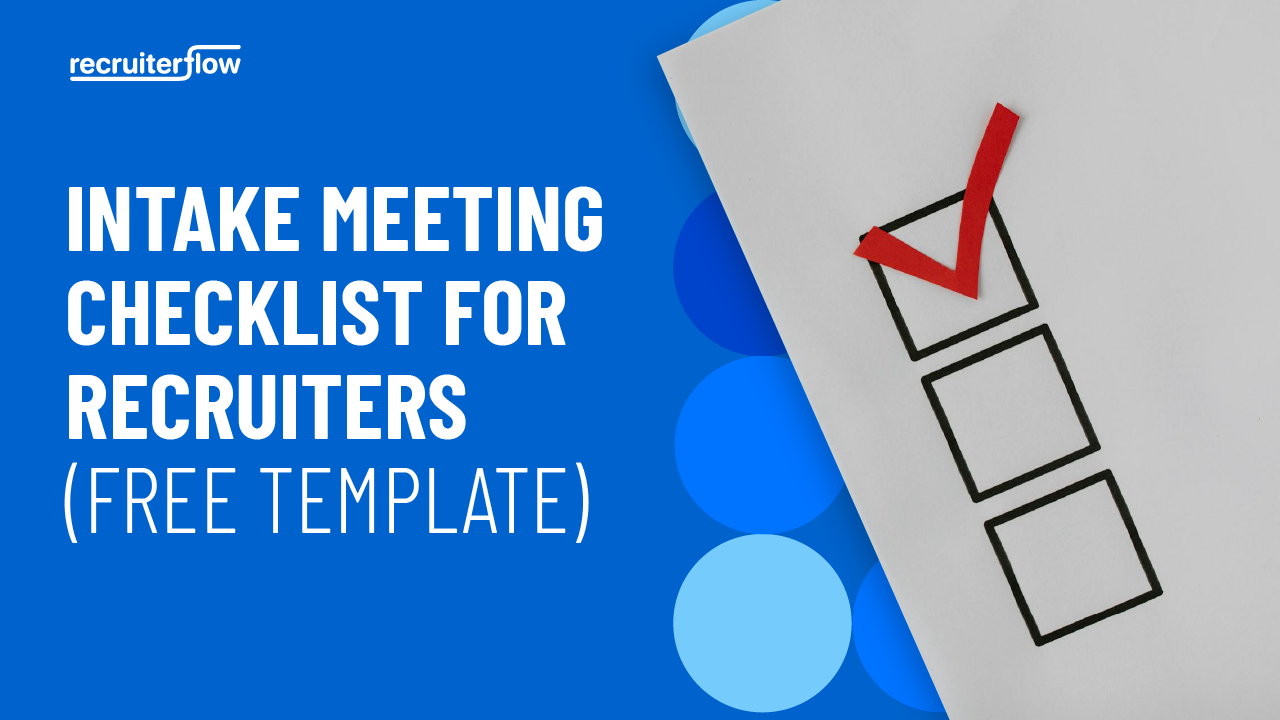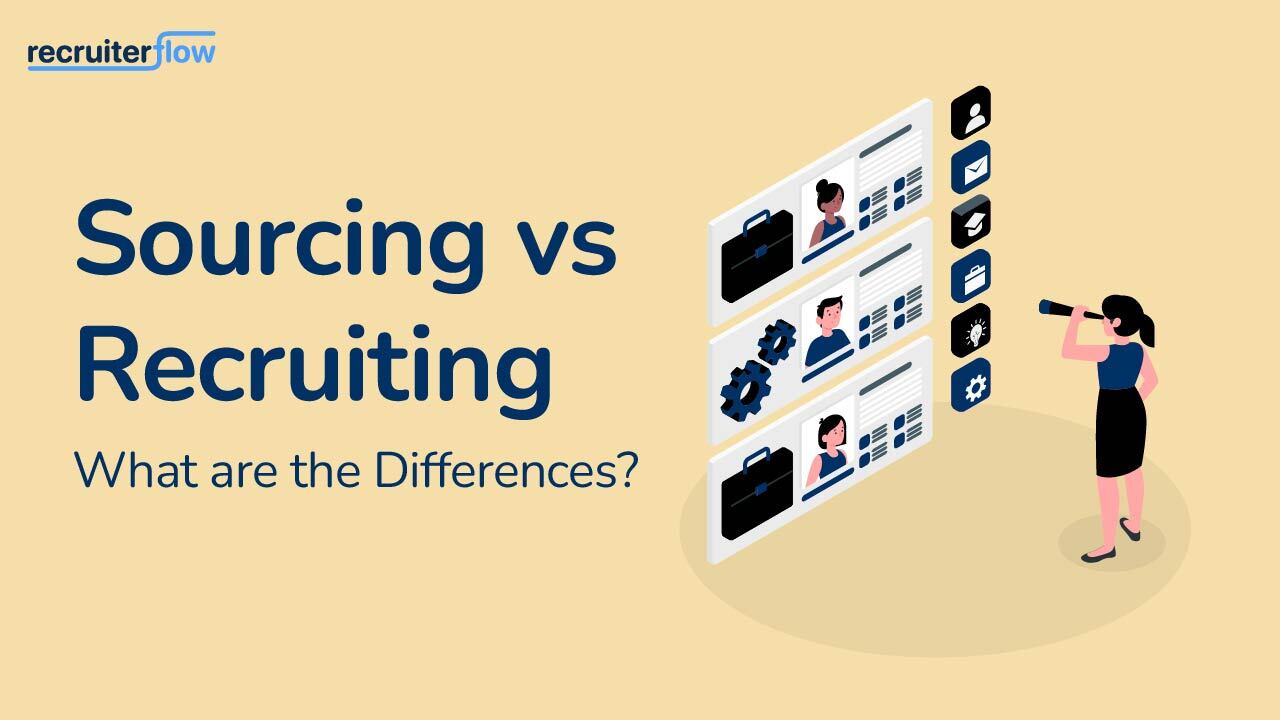
5 High Volume Recruiting Strategies for Agencies

According to research, 65% of businesses have high-volume recruitment requirements. This percentage is anticipated to rise as hiring goes up and businesses strive to expand.
To hire the right candidates, you can take the time to access the resumes, take multiple rounds of interviews and carefully analyze the candidate. This can only be executed in the case of a few openings; automated processes become a mandate for high-volume hiring.
Recruiters around the globe are daunted by high-volume hiring, especially when they are new at it. Before we jump to strategies or methods of high-volume hiring, let’s first understand the meaning and when it is required.
What Is High Volume Hiring?
High-volume hiring generally means the process of recruiting candidates for a large number of job positions. It’s either linked to seasonal hiring or for organizations that have an average employee turnover rate of 150%. While high volume hiring seems challenging, especially when you put the number of manual tasks and quantity of applicants in perspective, there’s a way you to accelerate and streamline high volume hiring effectively – recruiting automation.
Platforms like Recruiterflow help recruiters automate repetitive tasks such as candidate sourcing, resume parsing, interview scheduling, emails, and more. More on this later…
What Is The Difference Between High-Volume Hiring And Regular Recruiting?
The high volume hiring process is chosen over regular recruiting for entry to mid-level roles as the volume of candidates is much more as compared to that at higher positions. The hiring steps for both methods are similar but the difference lies is in the approach. Here’s how high volume hiring and regular recruiting are different at every stage of hiring:
Sourcing and Shortlisting Resumes
Regular recruitment involves hiring individuals to fill particular roles within a company. This process includes finding the right candidate that matches the company’s needs from different social channels, careers pages, job boards, and internal talent pools. To do this, recruiters either source and shortlist resumes manually or use an applicant tracking system that makes their job much easier for them.
But candidate sourcing is a bottleneck in the hiring pipeline when you’re hiring at scale. Finding potential candidates is one thing, but recruiters need a way to accelerate the sourcing and resume parsing process. By leveraging automation in your hiring pipeline, you can easily scan and identify top talent from your vetted talent pool of unsuccessful candidates from previous roles and even parse resumes at scale.
Application Process
In regular recruitment, most recruiters often don’t pay much attention to their job applications. However, given they are hiring at a small scale for specific job roles, they can still easily communicate with the applicants about the role, and work environment, and answer their questions later in the hiring process.
Even though the application process isn’t the most interesting and candidate-friendly, once recruiters have a pool of potential candidates, they can still get quality hires, given both the candidate and recruiters are willing to put in the time and effort required to make it a successful hire.
But, in high-volume hiring, 43% of candidates drop out in the application stage of recruiting. In other words, organizations are losing excellent talent early in the process — 1 in 3 employers claim that the application process for high-volume roles takes more than 30 minutes, and half of the employers do not have a mobile-friendly application procedure.
To conduct successful high-volume hiring, recruiters need to grab the attention of as many applicants as possible to ensure they make quality hires. This means recruiters need to create the perfect job applications and infuse the employee value proposition to give candidates a sneak peek behind the scenes of the job roles they’re applying for.
The Assessment Phase
In regular recruitment, recruiters filter candidates and verify background and prior experience either manually or through an ATS. Once they’re done, they send out emails to schedule interviews with potential candidates.
But when it comes to high-volume hiring, recruiters need a more robust ATS that can handle bulk processes including filtering top talent and communications. 65% of businesses are unhappy with their current applicant tracking system when it comes to high-volume hiring. Most standard applicant tracking systems are geared towards regular hiring and lack features like programmatic advertising, scheduling, and communication to facilitate high-volume recruitment.
Recruiters need to rely on modern ATS like Recruiterflow built for fast-paced recruiting offering features like one-click sourcing, automatic resume parsing, advanced boolean search, scheduling, and automated email campaigns to accelerate hiring pipelines.
Interview Process
Once the screening and assessment process is done, recruiters schedule interviews with top applicants to move forward. Undeniably, this stage in a hiring pipeline is where recruiters have to constantly go back and forth with applicants to get the “right time” scheduled for interviews that suit both the interviewer and candidate.
In high-volume hiring, recruiters are hard-pressed to find a large number of suitable candidates, at the expense of speed and quality. While going back and forth on interview scheduling may seem like a manageable task in regular recruiting, it’s definitely not the best method in high-volume hiring.
For volume hiring, recruiters should use powerful recruitment software for agencies that offer automated scheduling and two-way sync with your email and calendar.
Selection Process
In regular recruitment, recruiters typically carry out background checks manually and then make the final offer to the most suitable candidate.
Whereas, in high-volume hiring, the selection process gets complicated due to the increased number of candidates. The higher the selected candidates are, the more time and effort recruiters need to invest to finally make an offer. Moreover, since the applicants applying to a job role have similar skills and experience, it can also lead to unintentional biases.
With recruitment platforms such as Recruiterflow, which offers automation functionalities, you can speed up your screening and selection process and make sure your hiring is free of bias.
Once you have selected the right candidate, you can collect feedback from fellow applicants. It’ll help you analyze and identify areas of both strength and improvement. This way, you can further optimize your recruitment process.
5 High Volume Recruiting Strategies
1. Automation is Your Savior
To compete in the war of talent, recruiters need to improve hiring process efficiency. According to data, 94% of recruiters and hiring managers believe that adopting recruiting software designed exclusively for agencies has aided their hiring process. Most successful recruitment agencies and headhunters are using automation and artificial intelligence to source, screen, schedule, and communicate with candidates more so than the previous year.
In high-volume hiring where candidates are in abundance for a position, recruiters are looking for a needle in the haystack. Automating monotonous(but important) tasks can help you not only hire more quickly and efficiently but also reduce bias.
Recruiterflow lets you move candidates from one stage to another in the hiring process and send automated email campaigns tailored to their stage. For example, when a candidate is moved from the application to the interview stage in the hiring pipeline, they are automatically notified by emails to update them about their hiring progress.
2. Optimize candidate-centric content
To find the right candidate for the role, you need to be on the platforms where your candidates spend the most time and are more likely to view the job opening. You might want to give all the information about the role, but no candidate wants to read lengthy paragraphs.
Keep the job description crisp, and concise, and highlight the important pointers. Some of the essential pointers you would want to cover in the job description are – reasons to work with the company, skill sets required for the job, and range of salary (preferred, not compulsory). Avoid leaving spaces for interpretation because with high-volume hiring jobs, time is a critical factor and you don’t want to end up wasting time trying to explain aspects of the job to potential candidates.
If you often recruit for high-volume jobs, you should design job postings in a way that helps you convert more applicants. This way, you can make it easier for potential candidates to navigate through different pages and job postings.
3. Screen at scale, faster
To save time screening applications and resumes, use a resume parsing solution to find relevant candidates for the job opening and disqualify those that don’t match the criteria you’ve set for further consideration. This way, you can quickly filter out the top applicants who are a good fit for your client.
To make sure you don’t trip over your unconscious biases and miss out on great candidates only because of fixed, stringent criteria, be flexible over what’s a must-have and a nice-to-have requirement. Sometimes candidates can exceed your expectations in the interview round, so stay open-minded and don’t put overly strict requirements in the application process.
Once you are done resume parsing, structure your next screening steps in a way that helps you get more contextual information about the candidates faster. One way of doing this is by using a pre-assessment tool that will uncover the candidates’ real abilities. You can also utilize video interviews to further assess the candidates. While you may not be able to organize one-on-one interviews if you have a lot of potential candidates, use a one-way interview approach. Ask candidates to self-record themselves answering a few interview questions you send them.
Also, check out our blog on strategic interview questions to ask candidates.
Once they send their interview, you can assess them at your convenience and sync with other recruiters or your hiring manager to share their feedback later.
4. Referrals To Your Rescue!
If you are looking to hire in bulk, the best strategy is not simply to post open positions on LinkedIn or Facebook and hope for the best. Consider tapping into your own and your team’s networks instead.
By sending a direct message to your connections on LinkedIn and Twitter, you can ask them if they would be open to sharing your job postings with their networks or recommend candidates that you think would be a good fit for the roles you’re hiring for. Also, don’t overlook employer branding.
Reach out to certain people who engage consistently with LinkedIn content from your company to find out if they are looking for a new role. In addition, you may want senior executives in your company to make short videos about open roles in your company, the company culture, and why candidates should apply for those roles to share on social media.
5. Use Key Metrics and Data For Best Results
Scale and efficiency are key factors in high-volume hiring. Streamline your manual work while keeping track of all candidates throughout the interview process.
To identify where recruiting processes need to be improved and to justify investments in specific recruiting functions, recruiting metrics are essential. The following recruiting metrics can be used to find shortcuts for your high-volume hiring.
- Identify your best sources of hire to optimize your advertising budget: Invest more in job boards and aggregators with the highest hire rate, and drop the underperformers.
- Understanding The Rate Of Conversion: By carefully analyzing your conversion rates for each position, you’ll be able to sense where and why you may need to reduce the number of steps in the recruiting process.
- Track engagement patterns to identify the drop-off point: Determine the weakest points in your specific company’s candidate experience. You can identify these weak points by increasing your recruitment process’ interaction with candidates, increasing the contact points between you and recruits, or shortening the time between offer and start date to remain competitive with other opportunities.
Also, check our blog on 14 latest recruitment strategies to attract the best talent.
Conducting High Volume Hiring the Right Way
High-volume hiring may seem tricky, but if you have a solid plan in place to streamline your hiring pipeline, you can easily hire top talent faster. To quickly recap, automate the different stages of your hiring process, create email templates and run automated campaigns, and leverage metrics to understand how you can optimize your recruiting process even better.
If you’re looking for a powerful recruitment solution that helps you accelerate your hiring process, sign up for a 14-day free trial for Recruiterflow.
Recruitment




